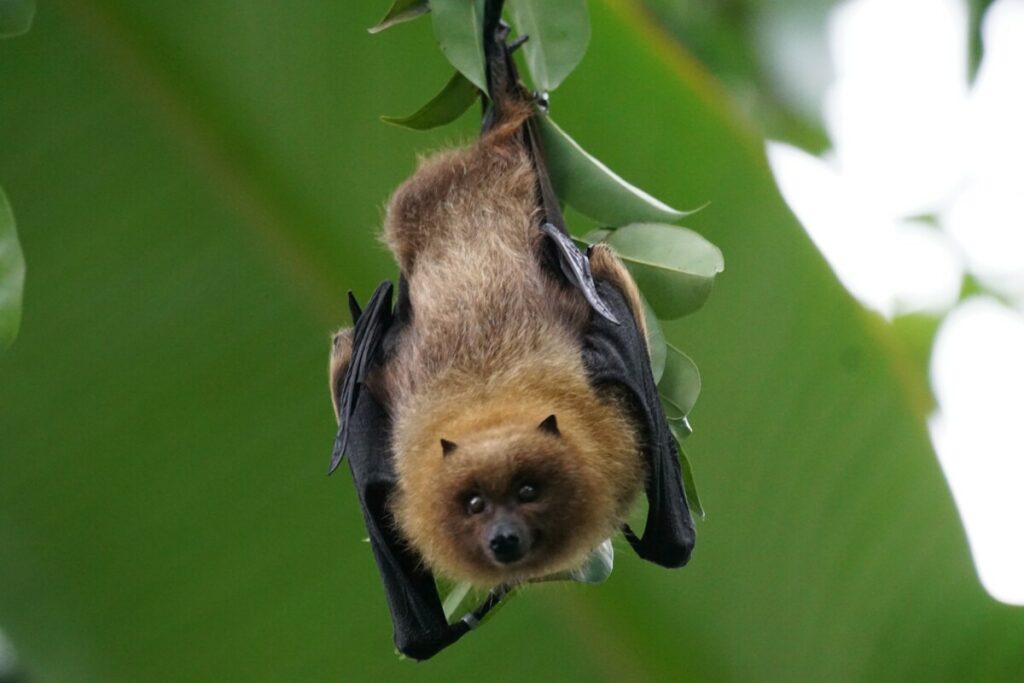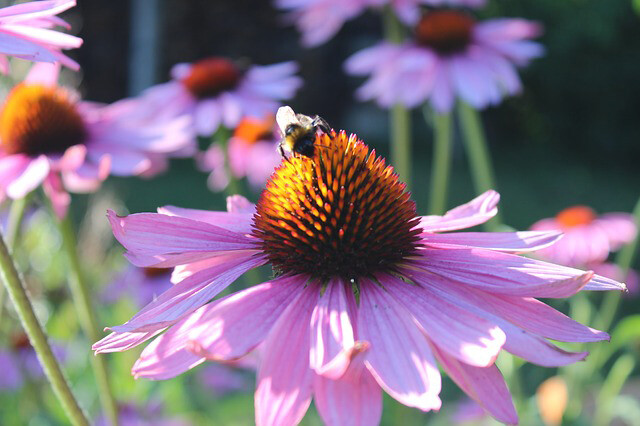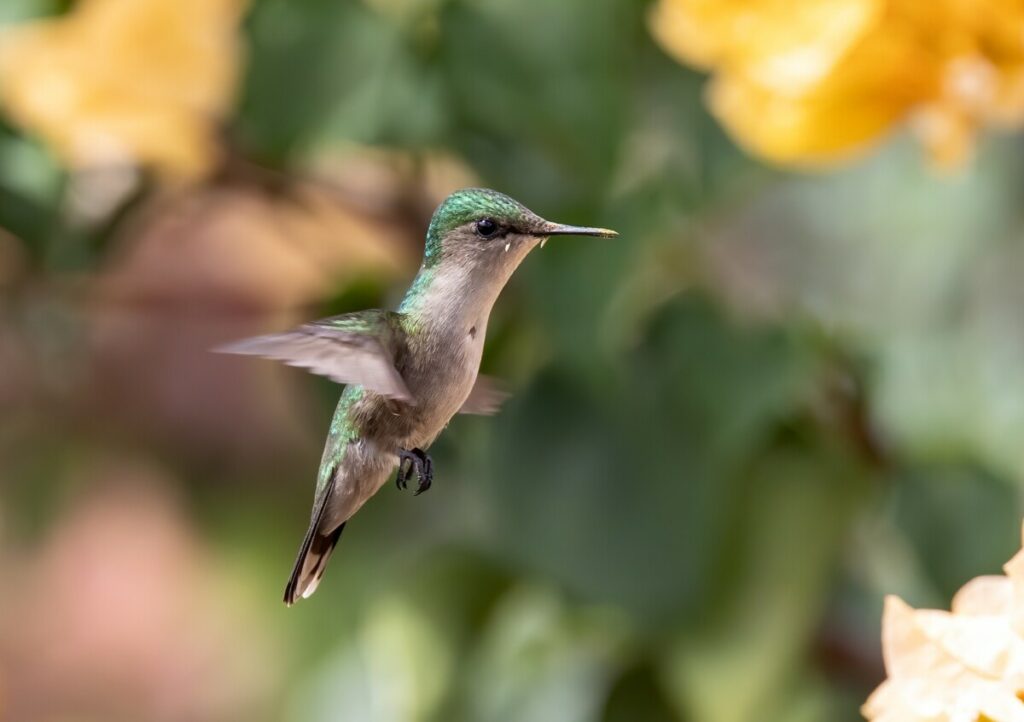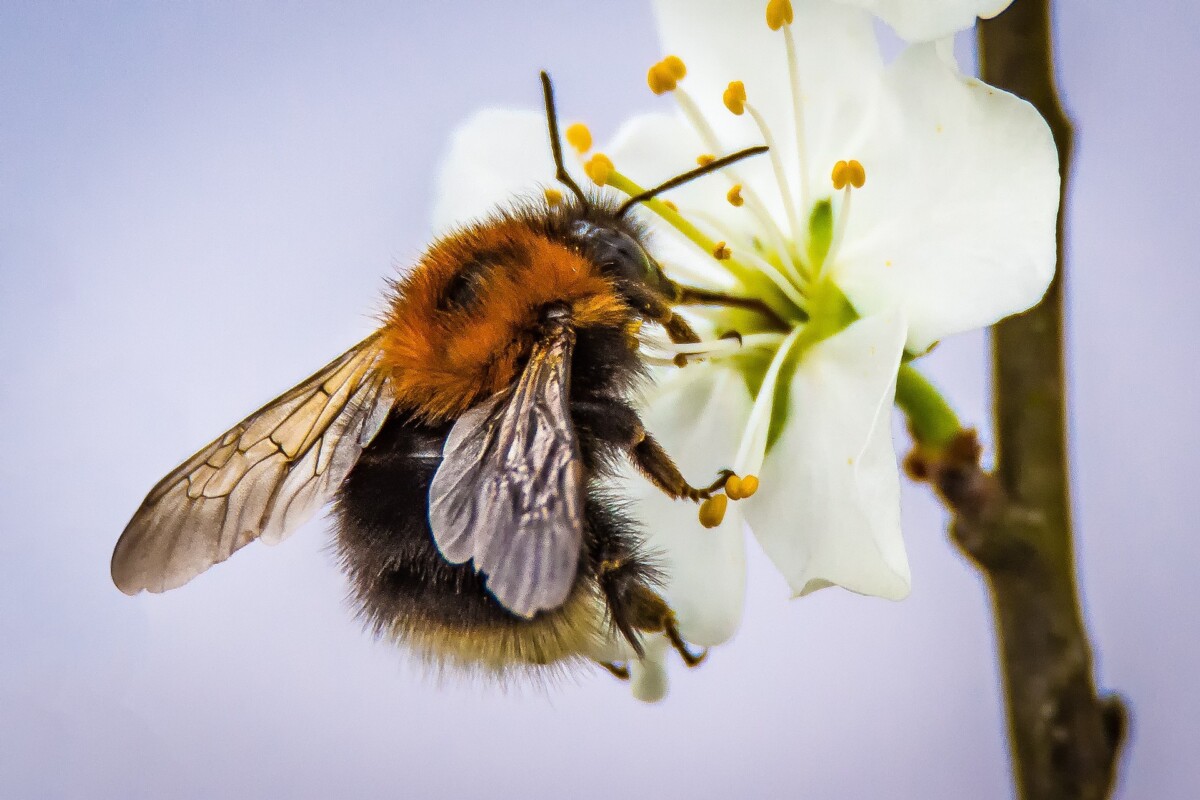
Texas Pollinators with a Purpose
A Guide to the Benefits of Texas Pollinators
Birds, butterflies, and bees, oh my! Pollinators provide an important service essential to our food sources. In fact, scientists estimate that 1 out of every 3 bites of food you ingest is a result of pollinators. These paramount creatures pollinate crops from apples, bananas, blueberries, strawberries, melon, and peaches, to potatoes, tomatoes, vanilla, almonds, coffee, spices, and even chocolate. But, just who are these creatures who spread their seed in secret? What exactly do they do, and why is it important to our ecosystem? Read on to learn more about the benefits of our pollinators here in north Texas.
What is Pollination?
Scientifically speaking, pollination involves transferring pollen from the male germplasm of a flower to the stigma of another flower. In many cases, pollination produces a seed that develops into a fruit, vegetable, or nut. Roughly three-quarters of our plants rely upon pollination from animals or insects and the remaining pollination occurs as a result of natural elements like wind and water. Pollination is also a two-fold process: Our Texas pollinators feed on nectar or pollen from a flower and, as a byproduct, they later provide humans with food as well.
Environmental Importance of Pollination
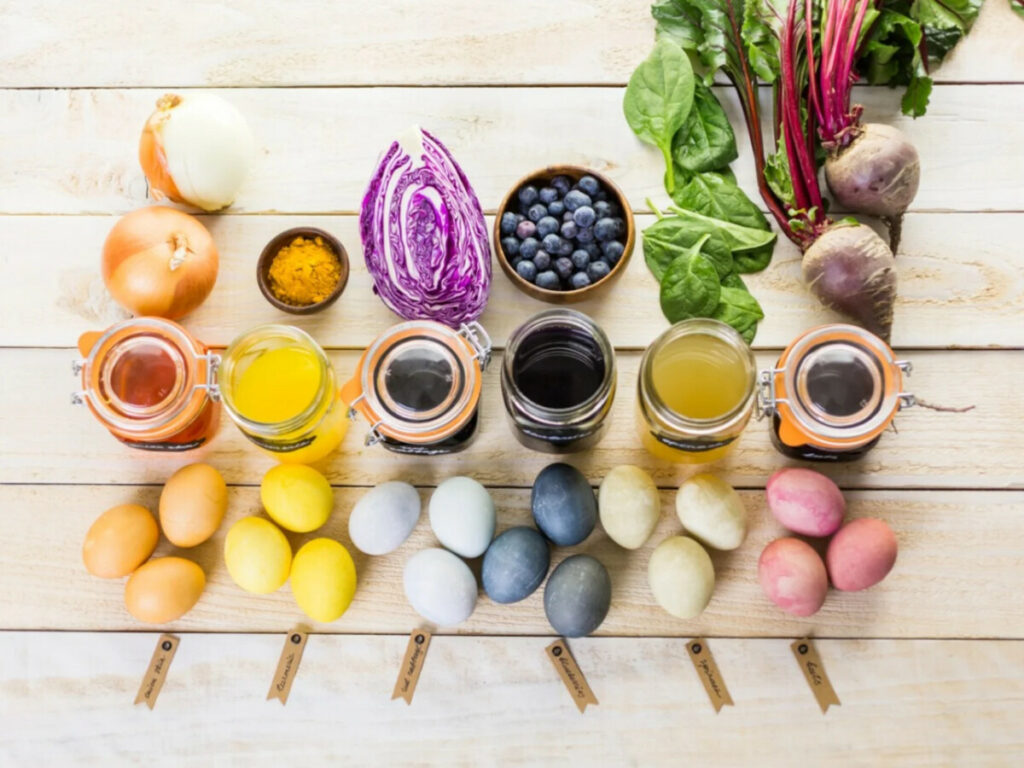
Cultural Importance of Pollination
Since the beginning of time, humans have relied upon plants to provide their basic needs for survival. From plant-based dyes, oils, soaps, resins, and gums, to food, medicine, fibers, shelter, and even the air we breathe, plants provide essential services. Certain plants are also used in native ceremonial or spiritual rituals, and provide cultural significance.
Types of Texas Pollinators & Their Benefits
Bats
Although bats are often depicted along with bloodsucking vampires in the latest horror film, they really do get a bad rap. In fact, bats are actually one of the most beneficial Texas pollinators. Consuming up to 600 mosquitos, moths, and other undesirable nocturnal insects each hour, these winged wonders help create a more enjoyable outdoor experience. Not only are they the most important natural predator of nasty night nemeses, but they also pollinate flowers, and spread seeds that ultimately produce new plants and trees. Plus, despite the myths surfacing, only 1% of bats actually carry rabies. So, build that bat house and help save them from extinction.
Bees
Hundreds of species of bees are swarming around here in north Texas. The majority of these native bees are solitary and do not produce honey. These buzz-worthy insects pollinate close to their nest, so planting native shrubs, trees, and ornamentals could invite them to stay. Because solitary bees carry pollen all over their bodies, these beneficial bugs are actually 100 times more effective at pollinating than honey bees. 70% of them nest in the ground under leaves or other debris. The rest bore holes into plant or log cavities or live in man-made bee hotels that mimic these structures.
Fun Fact: since solitary bees don’t have a hidden stash of honey to protect, these bees are generally non-aggressive, unless threatened. According to the Texas A&M Agrilife Extension, “The best way to avoid being stung by any bee is to stay calm, stay still or move away slowly. Do not scream, run or swat at the bee.”
Beetles
One of our original beneficial bugs, is the beetle. With its capable color-vision, this prehistoric pollinator frequents large, fruity, bowl-shaped flowers such as magnolias, or pond lilies. They also gravitate toward clusters of day-blooming nectar-producers like goldenrod or spirea.
Birds
One of the most prevalent pollinating birds in north Texas is the hummingbird. It’s no surprise that these sprightly, long-beaked birds are attracted to tube-shaped flowers. Flame Acanthus, honeysuckle, trumpet vine, Esperanza, salvia, and hyssop are great choices for your pollinator garden if you want to lure these endearing distance flyers. Feeding every fifteen minutes, these petite powerhouses fly up to 60mph, pollinating at a profound rate.
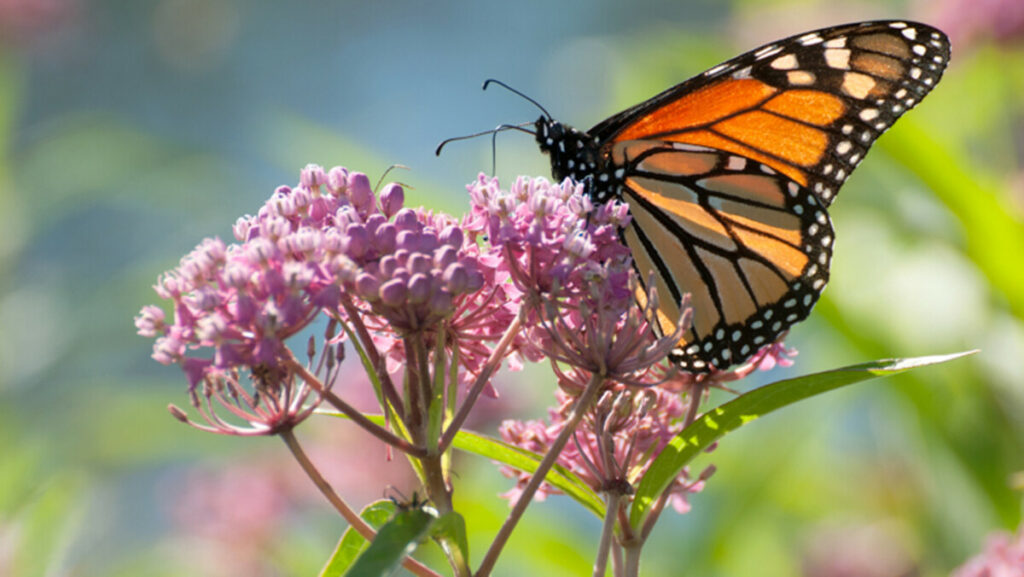
Butterflies
Different species of butterflies are attracted to different plants, so it’s important to incorporate a variety of both host plants and nectar plants to entice them to your garden. The Monarch butterfly, the most renown and regal butterfly, is currently endangered and will only lay its eggs on milkweed. Unfortunately, the milkweed habitats have also become scarce, so plant some in your garden to help preserve both!
Flies
The next time you want to swat at that fly, know this: We would not have chocolate without our cheery friend, the fly. These pesky Texas pollinators are also largely responsible for nearly all of your favorite fruits, plus fragrant herbs such as coriander, parsley, fennel, and more.
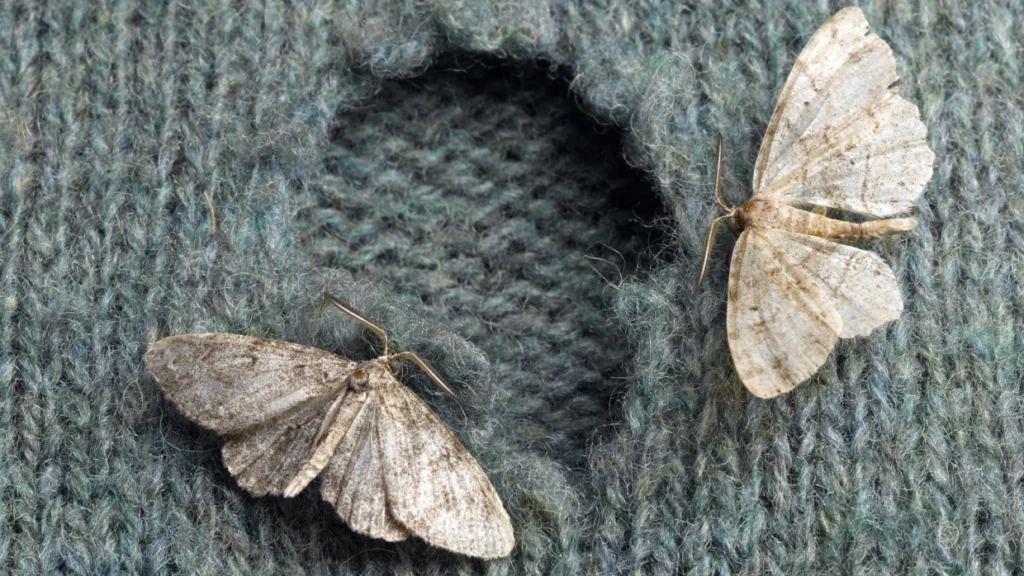
Moths
Crucial to the cycle of life, moths, in their caterpillar phase, provide the primary source of food for birds, bats, and even large mammals. This closeted clothes-fiend also has expensive taste. Female moths have a penchant for finer animal-fiber fabrics such as cashmere, silk, wool, angora, or fur.
Wasps
Here in Texas, most of these seemingly savage, solitary wasps, such as mud daubers or cicada killers lay their eggs directly in their prey for their larvae to feed on the host. A favorite feast for this Texas pollinator is the Yucca plant. They also prey on precocious insects such as caterpillars and spiders by inducing paralysis with their venom.
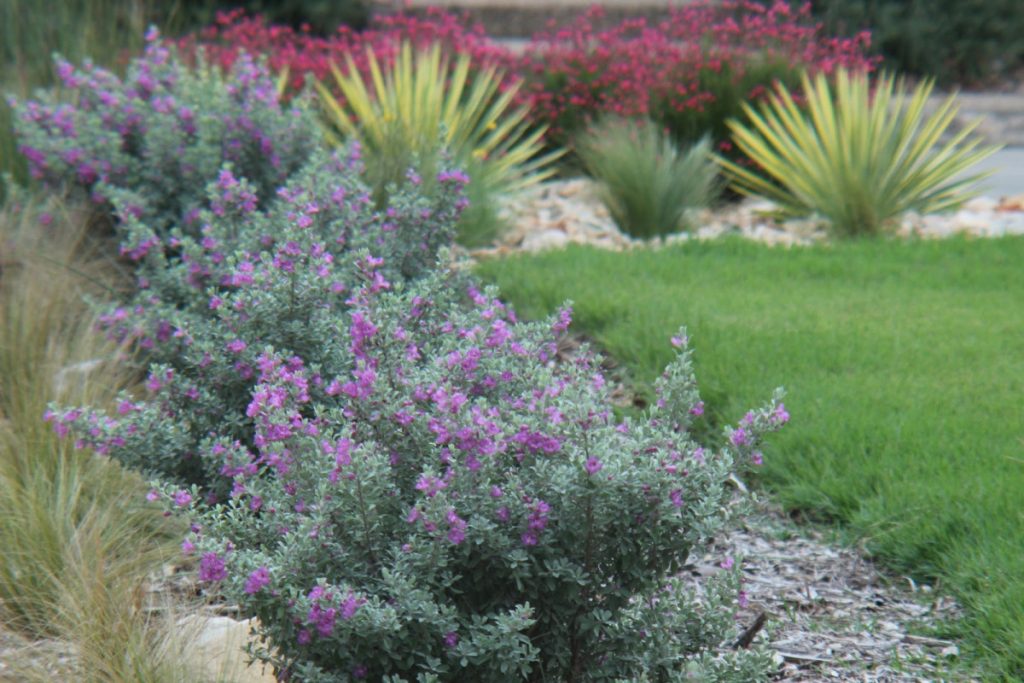
Ways to Help Our Endangered Texas Pollinators
Currently, due to disease, environmental contaminants, and the lack of quality and quantity of pollinator-friendly plantings, bats, birds, and bees are beginning to disappear. While we can each do our part to protect the environment from pesticides, insecticides, and other harmful chemicals, we can also invite pollinators into our landscape by building a pollinator garden. By selecting native, flowering plants, we can not only guarantee that they will attract Texas pollinators, but that the plant population will reproduce, and the circle of life will continue.
Our horticultural experts are ready to assist you with any questions you may have regarding sustainability, planting, and Texas pollinators. Contact us at any time.
You May Also Enjoy:
3 Keys to a Successful Pollinator Garden
Developing Kid-Friendly Outdoor Spaces
The Growing Trend of Edible Landscape Design
Resources:
